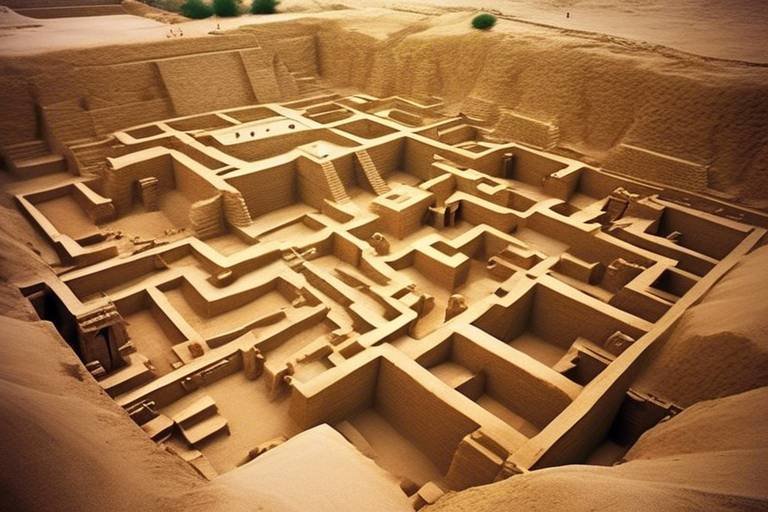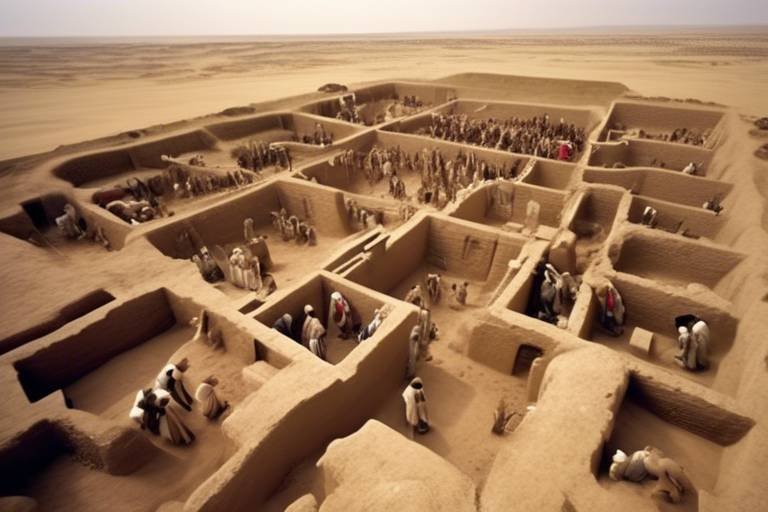How Archaeology Reveals the Intersection of Science and Faith
Archaeology is a field that bridges the gap between science and faith, offering a unique perspective on the historical and spiritual aspects of human civilization. Through the meticulous excavation of ancient artifacts and the interpretation of sacred sites, archaeologists uncover tangible evidence that sheds light on the connections between scientific discoveries and religious beliefs throughout history.
Delving into the excavation process, archaeologists unearth a treasure trove of ancient artifacts that serve as windows into the past. These artifacts, ranging from pottery shards to elaborate sculptures, provide tangible evidence of historical events, cultural practices, and religious rituals that have shaped civilizations over millennia.
Interpreting sacred sites is another crucial aspect of archaeology that offers insights into the spiritual beliefs and rituals of past civilizations. By studying the layout, architecture, and artifacts found at these sites, archaeologists can piece together the religious practices and cultural traditions of ancient peoples, providing a deeper understanding of their worldview.
Scientific techniques play a vital role in archaeology, enabling researchers to uncover the mysteries of ancient civilizations with precision and accuracy. Methods such as carbon dating and DNA analysis allow archaeologists to determine the age of artifacts, trace genetic lineages, and reconstruct past environments, providing valuable insights into the lives of our ancestors.
The intersection of faith and archaeological discoveries is a complex and nuanced topic that raises important questions about the role of religious beliefs in shaping our understanding of the past. While scientific evidence forms the basis of archaeological research, the influence of faith and religious traditions cannot be overlooked in the interpretation of historical narratives and cultural practices.
Controversies often arise in archaeology when discoveries challenge or confirm long-held religious beliefs and traditions. The clash between scientific evidence and faith-based interpretations can spark heated debates within academic circles and religious communities, highlighting the delicate balance between objective inquiry and subjective belief.
Archaeology and biblical studies have long been intertwined, with archaeological discoveries providing valuable insights into the historical context of religious texts and narratives. By excavating ancient sites mentioned in the Bible and other religious texts, researchers can corroborate or challenge the accounts of key events and figures, offering a deeper understanding of the cultural and religious landscape of the ancient world.
Investigating the archaeological evidence for religious figures and events mentioned in various faith traditions is a fascinating aspect of archaeological research. From the tombs of pharaohs to the ruins of ancient temples, these discoveries provide tangible proof of the existence of key religious figures and the historical events that have shaped religious beliefs and practices throughout history.
Preserving cultural heritage and religious sites uncovered through archaeological excavations is essential for safeguarding our shared human history for future generations. By protecting and conserving these sites, we ensure that the stories of past civilizations and the spiritual practices of ancient peoples are preserved and passed down to future generations, enriching our understanding of the intersection of science and faith.
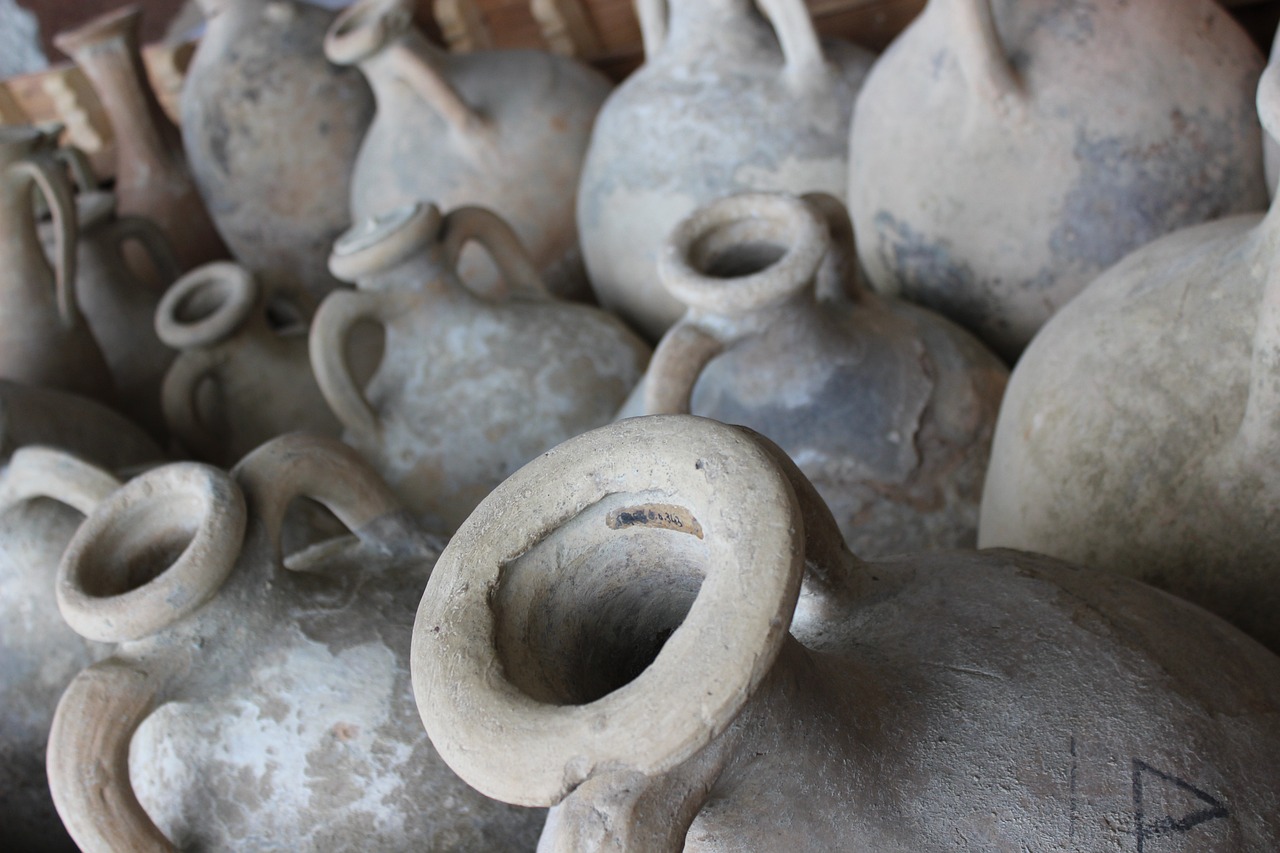
Unearthing Ancient Artifacts
Exploring the fascinating discoveries made by archaeologists that shed light on the connections between scientific evidence and religious beliefs throughout history.
Delving into the excavation process reveals a world where the past meets the present. As archaeologists carefully unearth ancient artifacts, each discovery tells a story of civilizations long gone. These tangible remnants provide a window into the past, offering concrete evidence of historical events and religious practices. It's like piecing together a puzzle, with each artifact adding a new dimension to our understanding of ancient cultures and their beliefs.
Imagine standing at an excavation site, surrounded by fragments of pottery, tools, and remnants of buildings. Each artifact is like a time capsule, preserving a moment in history for us to unravel. Through careful excavation and analysis, archaeologists bring these artifacts back to life, allowing us to connect with the past in a tangible way.
One of the most exciting aspects of unearthing ancient artifacts is the element of surprise. You never know what you might find buried beneath the earth - a hidden treasure, a forgotten temple, or a mysterious inscription. Each discovery is a moment of revelation, a glimpse into a world long forgotten but waiting to be rediscovered.
As the dust settles and the artifacts are revealed, a sense of wonder and excitement fills the air. The past comes alive before our eyes, offering a glimpse into the lives of those who came before us. Unearthing ancient artifacts is not just about digging up the past; it's about uncovering a treasure trove of knowledge and understanding that bridges the gap between then and now.
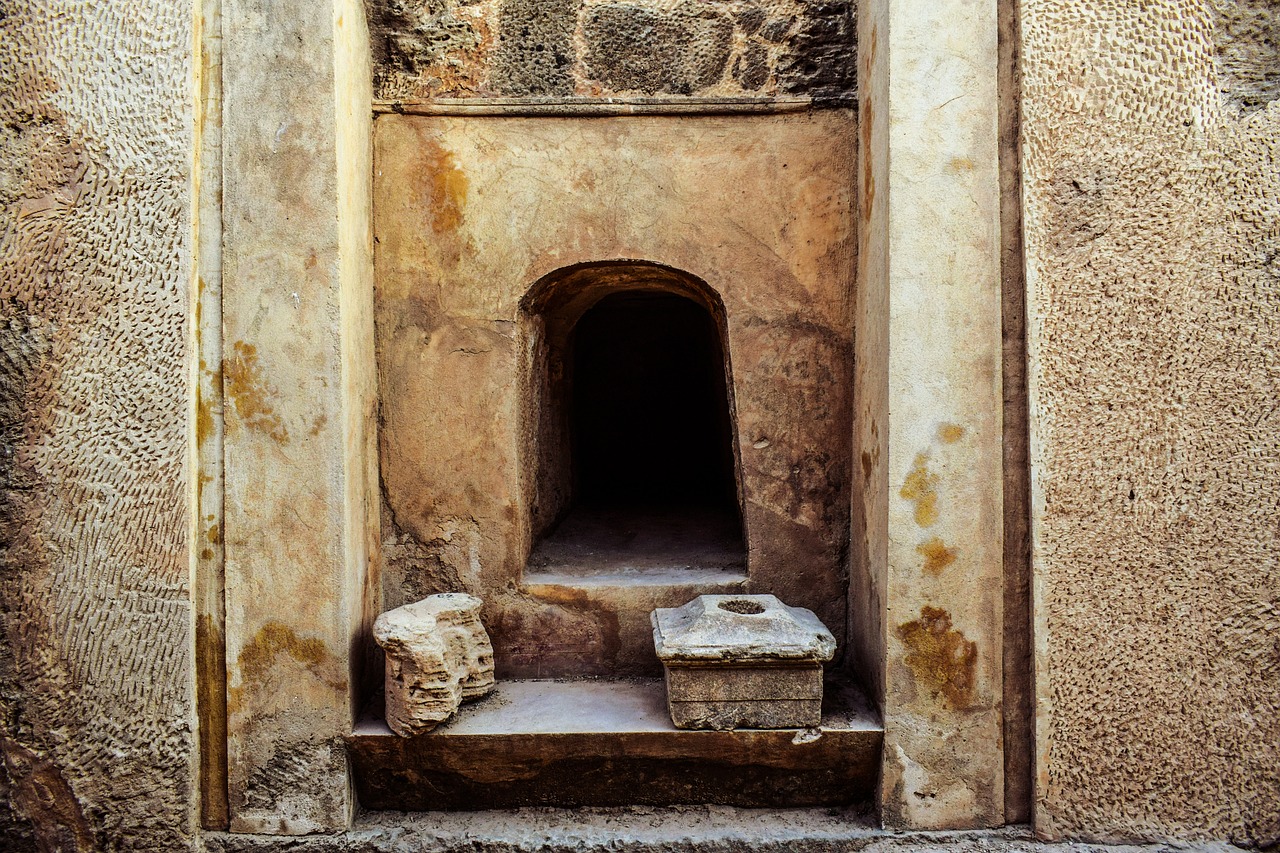
Interpreting Sacred Sites
Sacred sites hold a mystical allure, drawing archaeologists into the depths of history to decipher the spiritual significance they once held. These sites act as portals to the past, offering glimpses into the religious practices and beliefs of ancient civilizations. The interpretation of sacred sites involves a meticulous process of analysis, combining archaeological findings with historical records and cultural context to unveil the mysteries shrouded in time.
Archaeologists approach sacred sites with a blend of scientific rigor and cultural sensitivity, recognizing the delicate balance between empirical evidence and spiritual reverence. By studying the layout, architecture, and artifacts found at these sites, researchers piece together a narrative that sheds light on the rituals, ceremonies, and beliefs that once thrived within their sacred confines.
One of the key challenges in interpreting sacred sites lies in understanding the symbolic meanings embedded in their structures and artifacts. Symbols often transcend language barriers, serving as a visual language that conveys profound spiritual truths. Deciphering these symbols requires a deep understanding of the cultural context in which they were created, allowing archaeologists to unravel the layers of meaning woven into the fabric of ancient religious practices.
Moreover, the alignment of sacred sites with celestial phenomena, such as solstices and equinoxes, hints at a sophisticated knowledge of astronomy possessed by ancient civilizations. The precise orientation of temples and monuments towards astronomical events reflects a deep connection between the earthly realm and the celestial heavens, underscoring the spiritual significance attributed to the movements of the stars and planets.
Interpreting sacred sites goes beyond mere physical structures; it involves immersing oneself in the spiritual worldviews of past cultures, seeking to understand the profound impact of religion on every aspect of life. By unraveling the mysteries enshrined within these ancient sites, archaeologists illuminate the interconnectedness of science and faith, bridging the gap between empirical evidence and spiritual belief systems.
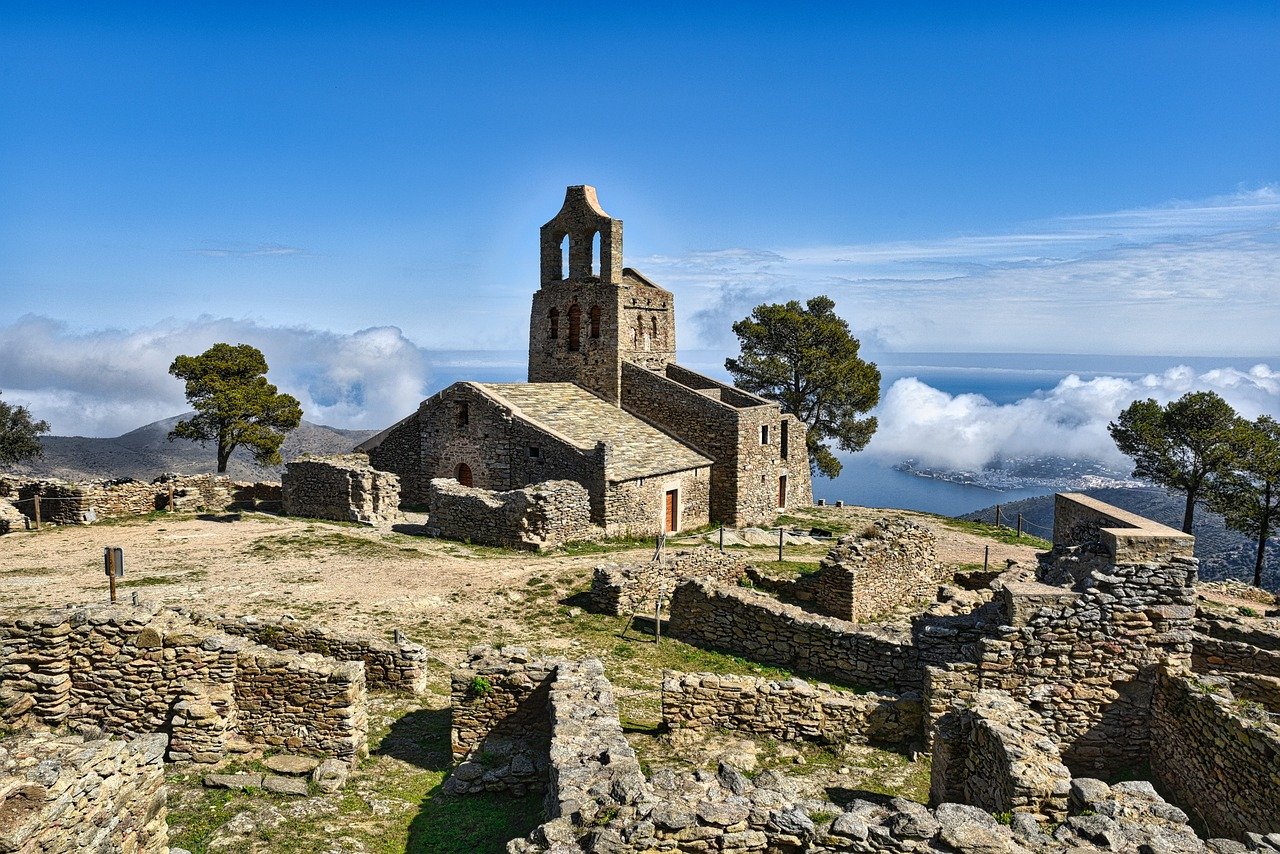
Scientific Techniques in Archaeology
When it comes to uncovering the mysteries of ancient civilizations and unraveling the secrets of past religious practices, archaeologists rely on a variety of scientific techniques to aid in their discoveries. These methods not only provide valuable insights into the lives of our ancestors but also bridge the gap between science and faith.
One of the most commonly used scientific techniques in archaeology is carbon dating, which allows researchers to determine the age of organic materials such as bones, wood, and textiles. By analyzing the amount of carbon-14 remaining in a sample, archaeologists can establish a timeline for when a particular artifact or site was active, providing crucial context for understanding ancient civilizations.
DNA analysis is another powerful tool that has revolutionized the field of archaeology in recent years. By studying ancient DNA extracted from human remains, researchers can trace genetic lineages, identify population movements, and even uncover familial relationships among individuals buried at archaeological sites.
Furthermore, stratigraphy plays a key role in archaeological excavations by examining the layers of soil and sediment at a site. The principle of stratigraphy states that the deeper the layer, the older the artifacts it contains, allowing archaeologists to create a chronological sequence of events and understand the evolution of a site over time.
Additionally, remote sensing technologies such as ground-penetrating radar and LiDAR (Light Detection and Ranging) have revolutionized the way archaeologists survey and map ancient landscapes. These non-invasive methods enable researchers to uncover hidden structures, identify potential excavation sites, and preserve delicate archaeological remains without disturbing the surrounding environment.
By combining these scientific techniques with traditional archaeological methods such as excavation, artifact analysis, and site interpretation, researchers can paint a more comprehensive picture of the past and shed light on the intricate connections between science and faith.
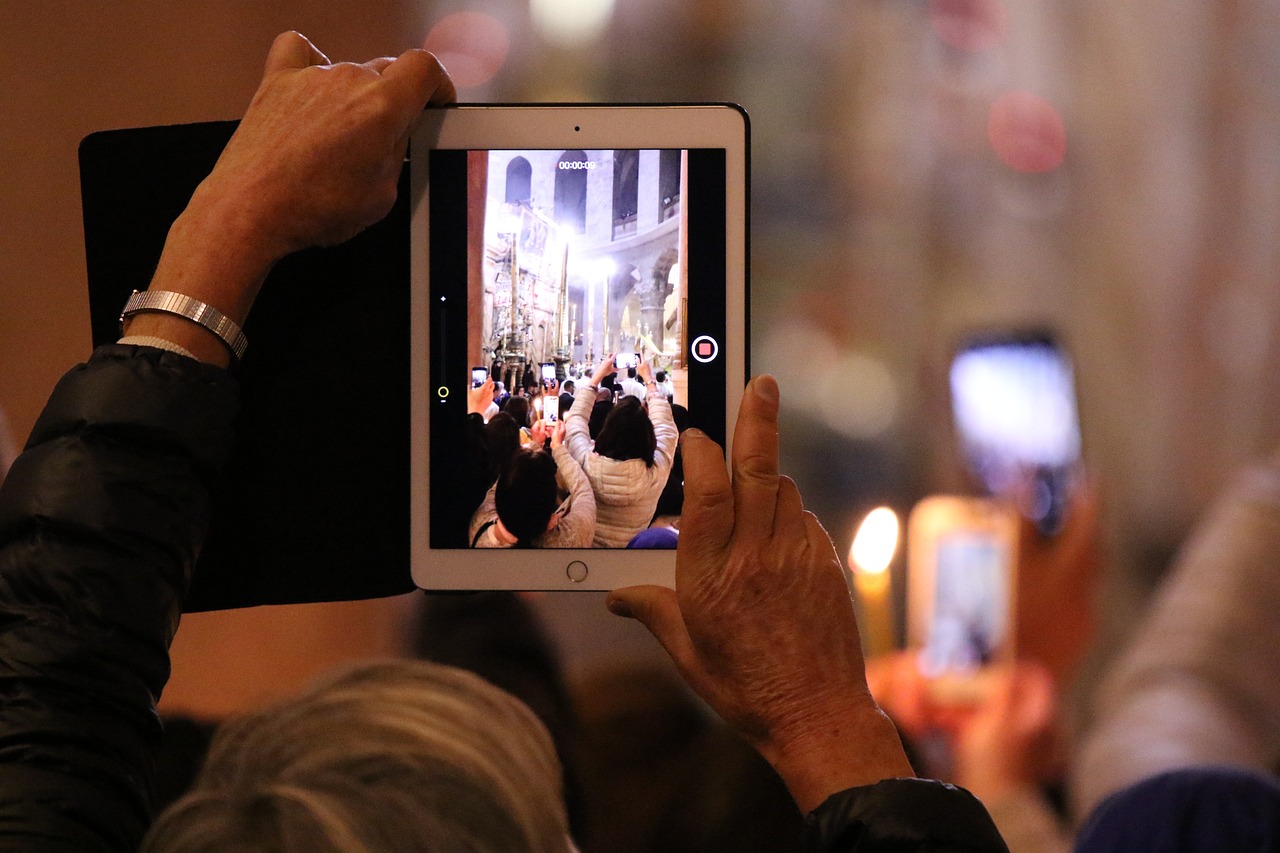
The Role of Faith in Archaeological Discoveries
When it comes to archaeological discoveries, the role of faith cannot be overlooked. Faith, in its various forms, has played a significant role in shaping the way we interpret and understand the findings unearthed by archaeologists. It has the power to influence our perspectives, beliefs, and even the narratives we construct around these discoveries.
Archaeologists often encounter a delicate balance between scientific evidence and faith-based interpretations. While scientific methods provide concrete data and analysis, faith can offer a different lens through which to view the past. The intertwining of science and faith in archaeology creates a dynamic dialogue that enriches our understanding of ancient civilizations and their religious practices.
One of the key aspects of faith in archaeological discoveries is the subjective nature of interpretation. Different researchers may approach the same findings with varying degrees of faith influence, leading to diverse conclusions. This diversity of perspectives adds depth and complexity to the field, sparking debates and discussions that propel our knowledge forward.
Moreover, faith can serve as a driving force behind archaeological exploration. The belief in uncovering hidden truths, validating religious texts, or confirming long-held traditions motivates archaeologists to delve deeper into the mysteries of the past. In this sense, faith acts as a catalyst for discovery, pushing researchers to explore new territories and challenge existing paradigms.
At the same time, the presence of faith in archaeological discoveries raises questions about objectivity and bias. How do personal beliefs and religious affiliations influence the way artifacts are interpreted? Can faith-based interpretations coexist harmoniously with scientific rigor? These are essential considerations that shape the ethical and methodological frameworks of archaeological research.
In essence, the role of faith in archaeological discoveries is multifaceted and complex. It adds a layer of richness and depth to the exploration of our shared human history, highlighting the intricate interplay between science and spirituality. By embracing the influence of faith in archaeological investigations, we open ourselves to a broader understanding of the past and the diverse cultural tapestry that defines our world.

Controversies in Archaeology and Religion
Controversies often arise at the intersection of archaeology and religion, where scientific findings clash with long-held beliefs and traditions. These conflicts can spark intense debates and discussions among scholars, religious leaders, and the general public. One of the main controversies is the interpretation of archaeological evidence that challenges religious narratives. For example, findings that contradict the timeline or events described in religious texts can create tension between faith-based interpretations and empirical data.
Another source of controversy is the treatment of sacred sites and artifacts. Archaeologists sometimes face opposition from religious groups when excavating or studying sites considered holy or culturally significant. The clash between the preservation of historical heritage and religious sensitivities can lead to ethical dilemmas and legal disputes. Balancing the need for scientific research with respect for religious beliefs is a delicate tightrope that archaeologists must navigate.
Moreover, the role of faith in shaping archaeological interpretations can be a contentious issue. Some argue that religious bias can influence how discoveries are analyzed and presented to the public. Skeptics question whether certain archaeological conclusions are based on evidence or preconceived religious convictions. The intertwining of faith and science in archaeological research adds layers of complexity to the field and can spark heated controversies.
Controversies in archaeology and religion also extend to the authenticity of religious artifacts and relics. Claims of discovering relics associated with revered figures or events can trigger skepticism and scrutiny. The authentication process for such artifacts often involves scientific analysis, historical research, and theological considerations. Debates over the legitimacy of these relics can challenge established religious beliefs and practices, leading to debates that blur the lines between faith and fact.
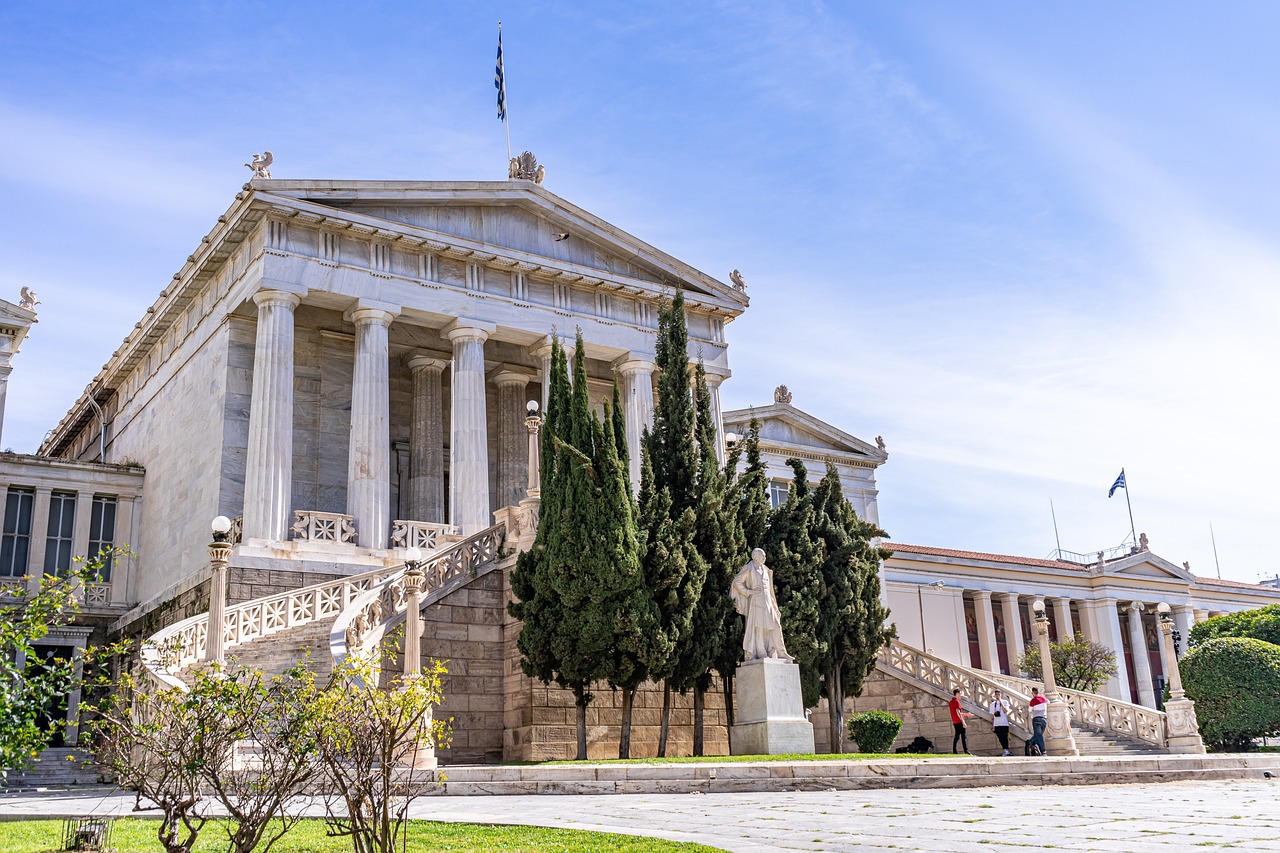
Archaeology and Biblical Studies
Archaeology and Biblical Studies intersect in a fascinating realm where ancient artifacts and historical findings provide insights into the narratives of religious texts. By delving into the archaeological discoveries related to biblical events and figures, researchers bridge the gap between the physical evidence unearthed from excavations and the stories documented in religious scriptures. This interdisciplinary approach not only enriches our understanding of the past but also offers a unique perspective on the cultural and religious contexts in which these texts were composed.
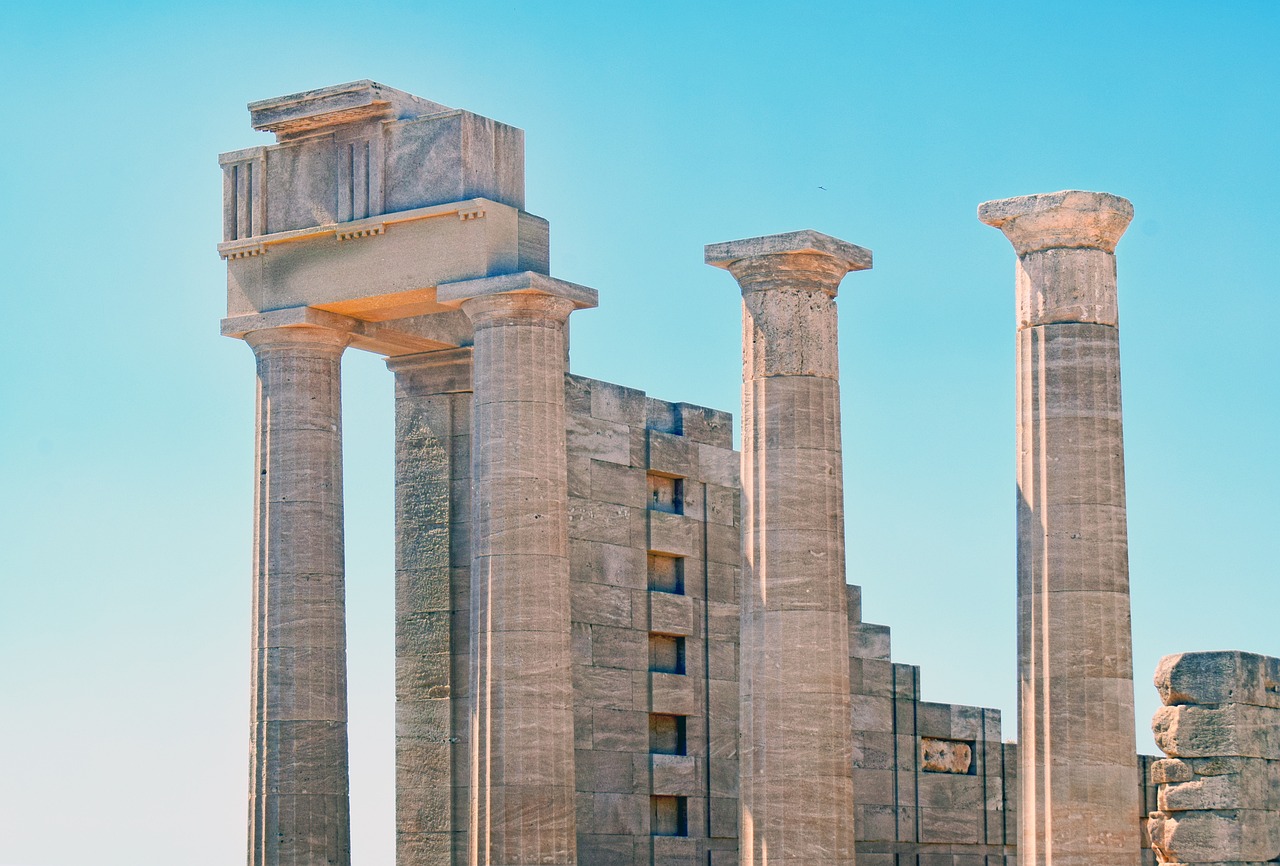
Archaeological Evidence for Religious Figures
When it comes to exploring the historical validity of religious figures, archaeology plays a crucial role in providing tangible evidence that supports the existence of these revered figures. Through meticulous excavation and analysis, archaeologists have unearthed artifacts and inscriptions that offer insights into the lives and teachings of religious figures mentioned in various faith traditions.
One notable example of archaeological evidence for religious figures is the discovery of ancient tombs or burial sites that align with descriptions found in religious texts. These findings not only validate the historical existence of these figures but also shed light on their significance within their respective religious contexts.
In addition to physical remains, archaeological excavations have revealed artifacts such as religious relics, statues, and coins that are associated with specific religious figures. These material objects serve as tangible links to the past, providing a glimpse into the religious practices and beliefs of ancient civilizations.
Furthermore, the analysis of inscriptions and texts found at archaeological sites has provided valuable information about the roles and influence of religious figures in society. By deciphering ancient languages and symbols, researchers have been able to piece together narratives that corroborate the accounts of these revered individuals.
It is important to note that archaeological evidence for religious figures is not limited to a single faith tradition but encompasses a diverse range of cultures and beliefs. From the archaeological findings related to figures like Jesus Christ and Buddha to lesser-known prophets and saints, each discovery adds to our understanding of the historical context in which these figures lived and preached.
Overall, the archaeological evidence for religious figures serves as a bridge between faith and history, offering a unique perspective on the intersection of spirituality and material culture. By uncovering tangible traces of the past, archaeologists continue to illuminate the lives and legacies of revered religious figures for present and future generations to ponder and appreciate.
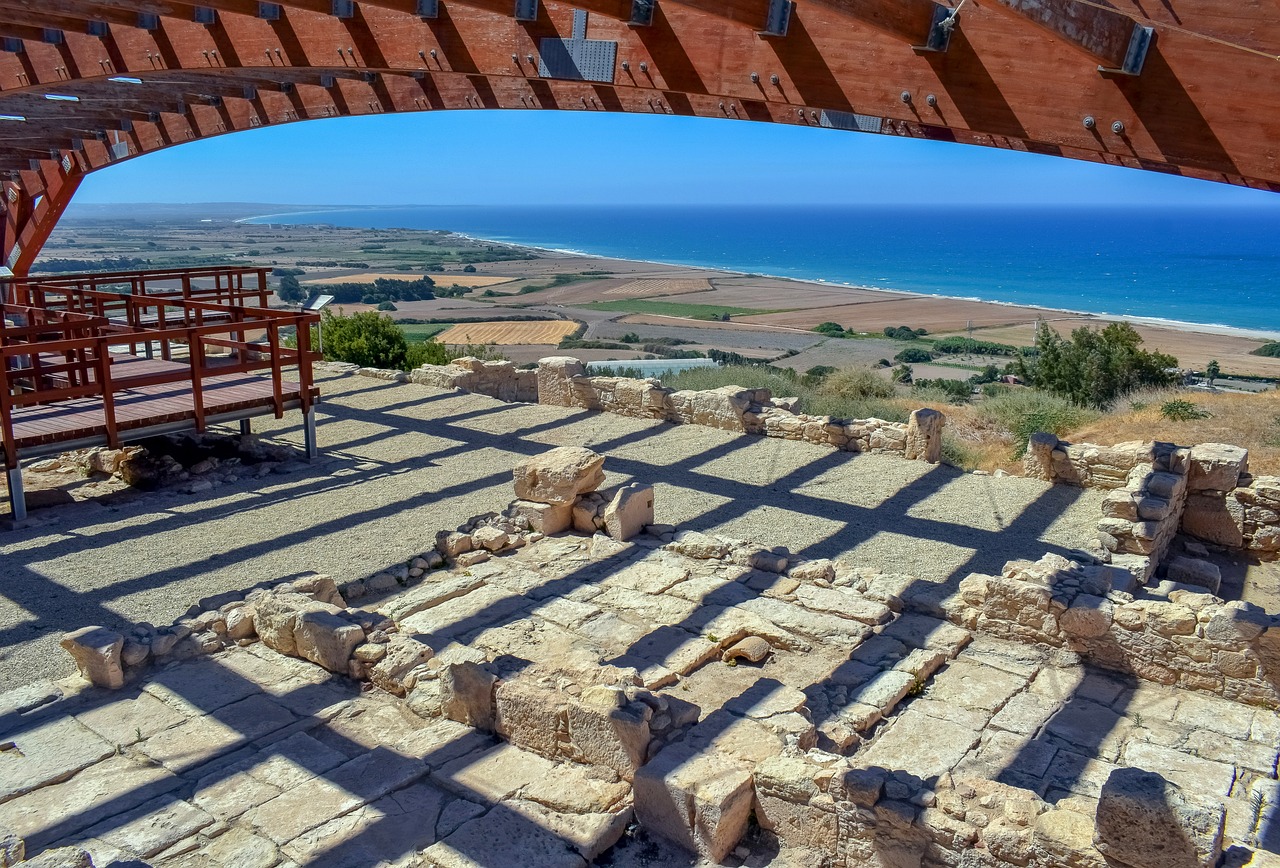
Preserving Cultural Heritage and Religious Sites
Preserving cultural heritage and religious sites is a vital task that goes beyond mere conservation efforts. These sites are not just physical remnants of the past; they are living testaments to the beliefs, practices, and traditions of our ancestors. By safeguarding these sites, we are not only protecting our history but also ensuring that future generations can connect with their roots and understand the significance of these places.
One of the key challenges in preserving cultural heritage and religious sites is finding a balance between accessibility and protection. While it is important for these sites to be open to the public for educational and spiritual purposes, overexposure can lead to damage and deterioration. Conservation efforts must strike a delicate equilibrium between allowing visitors to experience these sites firsthand and safeguarding them for the future.
Furthermore, preserving cultural heritage and religious sites involves more than just physical maintenance. It also requires efforts to raise awareness about the importance of these sites and their significance in shaping our collective identity. Education plays a crucial role in fostering a sense of responsibility towards these sites and encouraging sustainable practices that ensure their longevity.
In addition to conservation efforts, it is essential to involve local communities in the preservation of cultural heritage and religious sites. These communities often hold valuable knowledge about the history and significance of these sites, and their involvement can ensure that preservation efforts are culturally sensitive and sustainable. By engaging with local stakeholders, we can foster a sense of ownership and pride in these sites, leading to their better protection and conservation.
Preserving cultural heritage and religious sites is not just about preserving the past; it is also about shaping the future. These sites serve as bridges between generations, connecting us to our roots and guiding us towards a more inclusive and understanding society. By safeguarding these sites, we are not only honoring our history but also building a legacy for the future.
Frequently Asked Questions
- How do archaeologists determine the age of artifacts?
Archaeologists use various scientific methods such as carbon dating, dendrochronology, and thermoluminescence to determine the age of artifacts. These techniques analyze the radioactive decay of elements or the growth rings in organic materials to establish a timeline for the objects found during excavations.
- What is the significance of sacred sites in archaeology?
Sacred sites hold immense importance in archaeology as they provide insights into the spiritual beliefs and practices of ancient civilizations. By studying these sites, archaeologists can understand the religious rituals, ceremonies, and societal structures of past cultures, offering a glimpse into their worldview and values.
- How do archaeological discoveries impact religious beliefs?
Archaeological discoveries can both challenge and confirm religious beliefs. While some findings may align with religious texts and narratives, others may present conflicting evidence. This intersection between archaeology and faith prompts scholars and believers to reevaluate their understanding of history and spirituality.
- Why is it important to preserve cultural heritage and religious sites?
Preserving cultural heritage and religious sites is crucial for maintaining historical continuity and understanding our collective past. These sites serve as tangible links to our ancestors and offer valuable insights into the evolution of human societies, beliefs, and traditions, enriching our cultural heritage for future generations.









